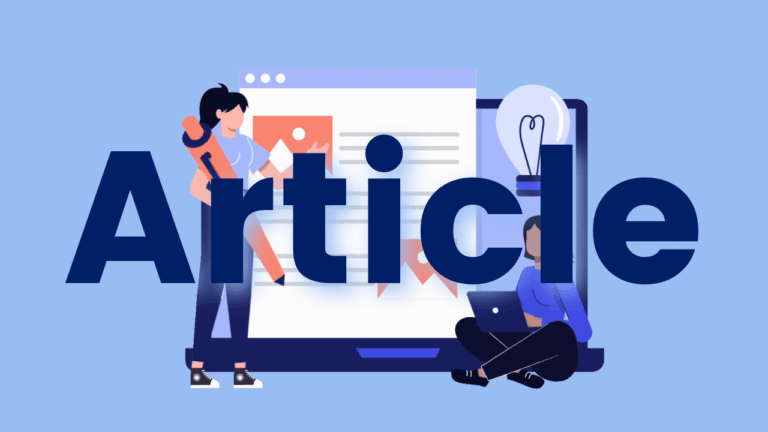TapiVerbe
Une fois que les élèves ont maitrisé les correspondances graphèmes-phonèmes simples (1 lettre = 1 son) et complexes (1 lettre = + sons ; 1 son = + lettres) et qu’ils peuvent décoder (lire) et à encoder (épeler) les mots, vous pouvez passer à l’enseignement explicite des règles grammaticales simples. Les temps de verbes les plus courants à l’oral sont le présent et le passé composé, mais ils font partie des verbes les plus irréguliers à écrire. Les terminaisons proposées dans cette activité peuvent être utilisées pour travailler l’encodage (épeler, écrire) plusieurs temps de verbes, quoiqu’il est recommandé d’enseigner l’écriture des temps de verbes suivants : l’infinitif, l’imparfait et le futur simple.




